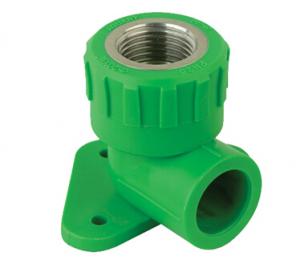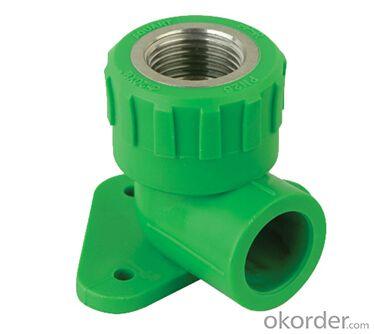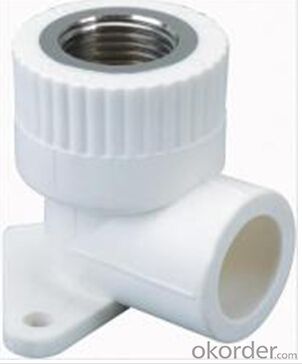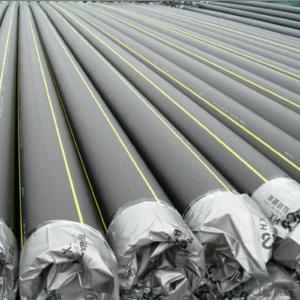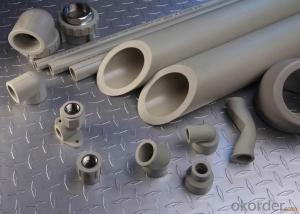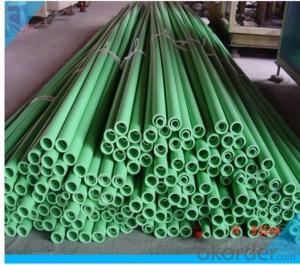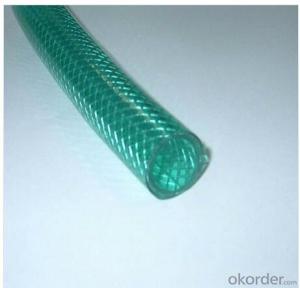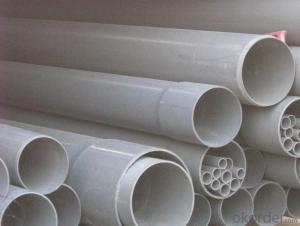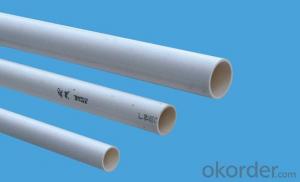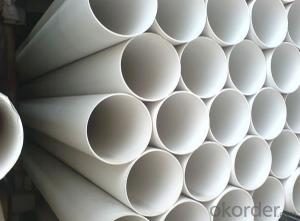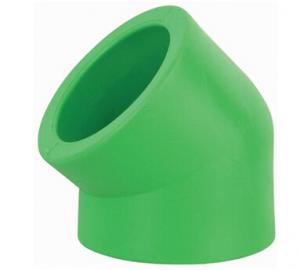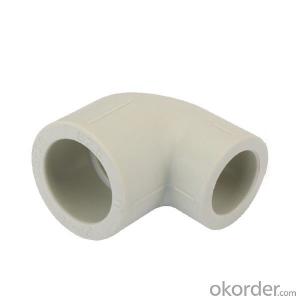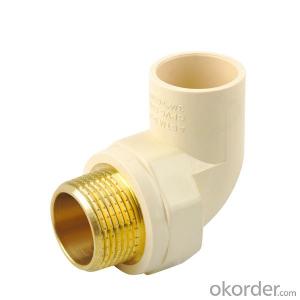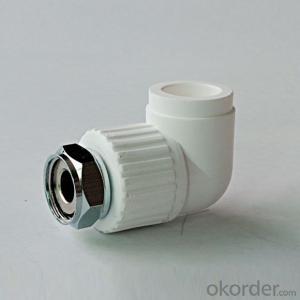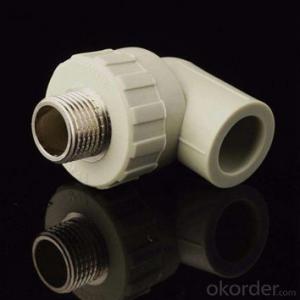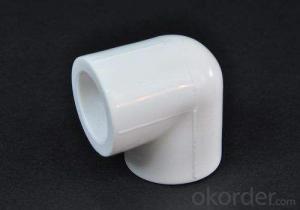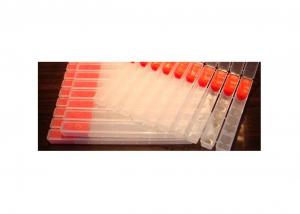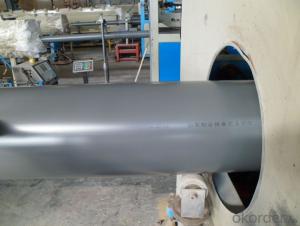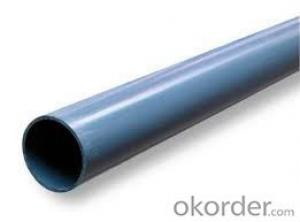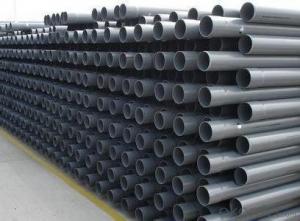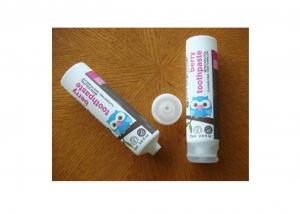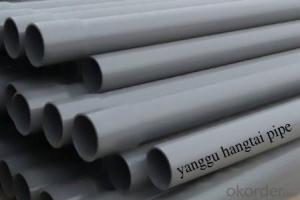Plastic Tubes PPR Fitting Elbow with Seat from Top Chinese Factory Compliant with Food Hygiene Regulations
- Loading Port:
- Tianjin
- Payment Terms:
- L/C,T/T
- Min Order Qty:
- 1000 pc
- Supply Capability:
- 100000 pc/month
OKorder Service Pledge
OKorder Financial Service
You Might Also Like
Product Features
1. Corrosion resistance
PPR pipes and fittings can resistant to most chemical corrosion; it can withstand PH value range 1-14 high concentration of acid and alkali corrosion over a wide temperature range.
2. Installation performance
PPR pipe PPR pipe is light in weight, and the operation installation is easy, which make it available to weld again. It is very important that pipe and pipe fittings can be welded together in seconds with a simple tool. Compared to traditional connection methods it can save 40%~50% of the time.
3. Safety Indicators
The basic component of PPR is carbon and hydrogen which is simple. It keeps in line with food hygiene regulations, non-toxic. If you use PPR pipe, there will no dirt in the inner wall or “secondary water pollution” caused by rust any more.PPR pipe ,green building materials, is more suitable for transporting drinking water.
Advantages of PPR pipe
1. Maximum operating temperature can up to 95℃; it can work in a long term under the condition of 70℃ and 1.0Mpa.
2. PPR pipe density is only 1/8 of metal pipe; pressure resistance strength test is up 5Mpa, with good toughness, impact resistance.
3. Inner diameter of PPR pipe is little bigger than that of pipe fittings, which can ensure not to increase the resistance to fluid flow.
4. Inner wall of PPR pipe is smooth, no rust, no scaling, small fluid resistance
5. PPR pipe has excellent insulation properties, can significantly reduce the vibration and noise caused by the flow of liquid.
6. PPR pipe energy consumption is only 20% of steel pipe; its thermal coefficient is also only 1/200 of steel pipe, reducing heat loss greatly.
7. PPR pipe is poor electrical conductor material, which can avoid galvanic corrosion phenomena.
8. With poor thermal conductivity, PPR pipe can reduce condensation.
9. PPR pipes, fittings are recyclable.

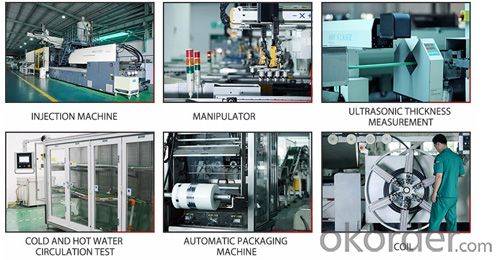
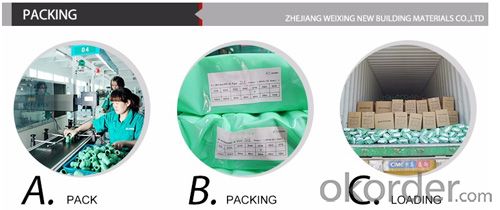
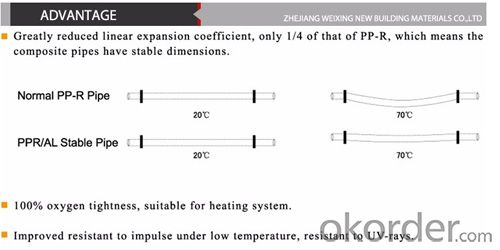
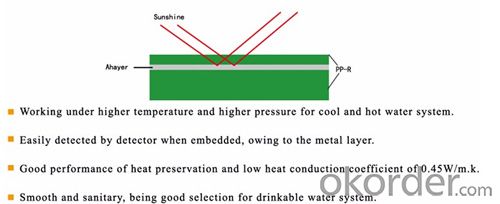
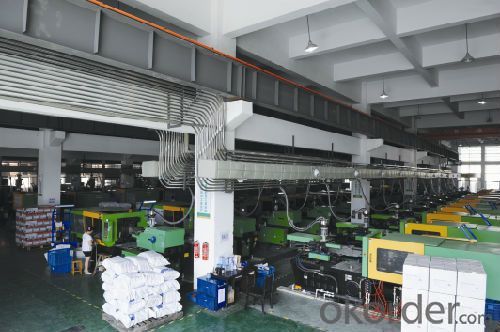
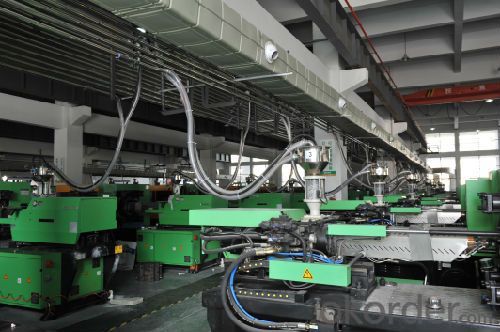

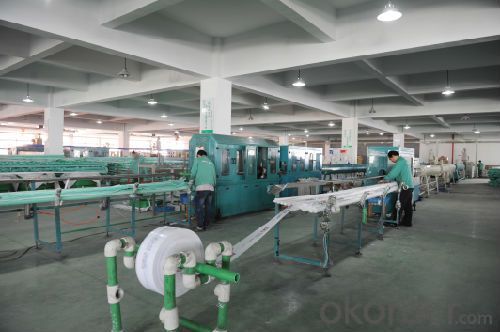
Application
1. Hot and cold drinking water supply system of civil and industrial buildings
2. Clean, pure water piping system
3. Beverage production and transport systems
4. Industrial liquid delivery system
5. Central air conditioning system
6. Hot water circulation Heating System
7. Compressed air piping system
8. Garden and greenhouse irrigation systems
Construction Installation Guide of PPR Pipe
I. General Provisions
1. Before the pipeline installation and construction, should be with the following conditions:
a Drawings and other technical documents complete, and has been drawing technical tests, meet the construction requirements;
b Construction plan, construction techniques, materials and other equipment to ensure the normal supply of construction;
c Should be applied to the technical training of personnel through building water supply polypropylene pipeline installation.
2. Pipes and fittings provided shall meet the design requirements, along with the product specification and quality certification.
3. Do not use the material for signs of damage. Pipeline quality found abnormalities, should be identified prior to use technology or re-examination.
4. Pipeline system during installation openings should be blocked.
5. The construction should review the installation of cold, hot water pipe pressure rating and usage scenarios. Pipeline markers should be open to the outside, in a prominent position.
Second, the pipeline laying installation points
1. The pipe-wall Concealed, should be set aside with the civil recess dimensioned not specified, in-wall underground pipe wall groove depth De ten sizes 20mm, width of dry De + 40 ~ 60mm. Quiet concave surface must be smooth, without sharp corners and other projections, the pipeline pressure test, the groove wall with cement mortar to fill dense M7.5 class.
2. Pipeline Concealed in the floor surface, according to the design drawing position. As applied to the site there is a change, there should be shown the recording.
3. PPR installation, without axial distortion, when the wall or floor, the correction should not be mandatory. Polypropylene water pipes should be laid in parallel with other metal pipes have some protection from the net distance should be less than 100mm, and it should polypropylene tubes on the inside of the metal pipe.
4. The indoor surface mounted pipeline, should be carried out after the completion of the civil whitewash, the installation should be reserved holes with the civil right or top manager sleeve.
5. The pipe through the floor should be provided with steel casing, the casing above the ground 50mm, and a waterproofing. If the pipeline crosses roofing, waterproofing should be taken strict measures. It should be set through the front-end bracket.
6. When the hot water pipes through the wall, should be set up with civil steel casing, when the cold water pipe through the wall, can be reserved hole, the hole size than the outer diameter of 50mm.
7. Buried in the ground floor surface as well as inside the pipe wall, pressure test should be prepared and hidden works acceptance records for shelter before the closure.
8. Building physics introduction pipe and buried pipe laying indoor requirements are as follows:
a. Indoor floor the following pipeline 0.00 disabilities should be divided in two phases. 0.00 The following persons Floor laying the foundation wall to wall section to be first; after the paternity civil construction, then the outdoor connection pipe laying;
b. Indoor floor the following pipeline should be after the construction backfill compaction, re-excavation carried out. Prohibited in the soil before or without backfill compaction of laying;
c. The laying of the pipeline ditch should be flat; one must highlight the sharp hard object. Soil particle diameter of is not more than 12mm, to 100mm thick sand cushion shop when necessary.
d. When the buried pipeline backfill, backfill pipe circumference shall inclusion sharp hard object from indirect contact with the wall. Backfill soil should be sand or particles of diameter of not more than 12mm to the top of the pipe at the side 300mrn, after compaction before backfill the original soil. Indoor buried pipeline buried depth of not less than 300mnl;
e. Pipeline floor should be set at a protective tube with a height above ground assessment 100mnl;
f. The pipeline through the foundation wall should be provided with a metal sleeve. Casing and foundation wall reserved headroom above the hole, special design not less than 100mm;
g. Pipeline crossing the neighborhood road, when Futuhoudu less than 700mm, should adopt strict protection measures.
- Q: 1995 Honda Civic1.6L V-TECH Motor v4This is a good car there is only one problem the engine overheated and melted the plug wires. I replaced the Part but needs to have plug tubes cleaned out due to melted plastic. I need help from a mechanic expert about this as i do not have the tools to do the job but i could get them tools.
- unless the melted plastic interferes with the new tubes or spark plugs, there is no reason to try to clean the plastic out. if you can get the plugs out and put new ones in and put the wires on with no problem then just leave the residue in there...it won't hurt anything. you are talking about a major undertaking if you want to remove the tubes to clean them. The valve cover has to come off to get to the tubes and the tubes are usually pressed into the base of the head so the head may have to come off as well. you might want to just pull the wires and try to use a rat-tail file down into the tube to scrape away the excess plastic on the inside of the tube (leave the spark plugs in place if you try this so the filings don't get into the engine). Then use a vacuum cleaner to suck the filings out of the tube before you put the wires back on. I'd recommend that as the best thing to do if the burnt plastic is a concern. Otherwise, I'd leave it alone. hope that helps
- Q: How do you connect plastic tubes together?
- Plastic tubes can be connected together using various methods such as push-to-connect fittings, barbed fittings with hose clamps, solvent welding, or using threaded connectors with sealants. The appropriate method depends on the type of plastic used, the size of the tubes, and the desired level of connection strength.
- Q: Can plastic tubes be used for waste management systems?
- Yes, plastic tubes can be used for waste management systems. They are commonly used in various applications such as sewer lines, drainage systems, and underground piping for transporting and managing waste materials effectively. Plastic tubes offer advantages such as durability, resistance to corrosion, and ease of installation, making them suitable for waste management purposes.
- Q: I've seen these big plastic tubes in pet stores recently and the box for them says that they are meant for guinea pigs. I don't understand I thought guinea pigs like big places to hide not little spaces where they can't move freely. But maybe I'm wrong, do guinea pigs really like them?
- Guinea pigs love tubes as they feel safe in them and like to sleep in them. If your guinea pig likes to chew things i would recommend getting an edible one, made from willow or wood. If it doesn't then a plastic one would be fine.
- Q: Can plastic tubes be used for pneumatic conveyance?
- Yes, plastic tubes can be used for pneumatic conveyance.
- Q: Are plastic tubes suitable for agricultural applications?
- Yes, plastic tubes are suitable for agricultural applications. They are commonly used for irrigation systems, drainage systems, and as protective covers for young plants. Plastic tubes are durable, lightweight, and can be easily installed, making them a practical choice for various agricultural needs.
- Q: How do plastic tubes perform in extreme weather conditions?
- Plastic tubes generally perform well in extreme weather conditions due to their durability and resistance to harsh elements such as extreme temperatures, UV radiation, and moisture. However, the specific performance may vary depending on the type of plastic used and the manufacturing process.
- Q: What is the average lead time for manufacturing plastic tubes?
- The average lead time for manufacturing plastic tubes can vary depending on various factors such as the complexity of the design, the quantity needed, and the production capabilities of the manufacturer. However, a typical average lead time for manufacturing plastic tubes ranges from a few days to a few weeks.
- Q: What are the types of plastic pipes?
- Polyethylene is one of the most popular plastic resins. Because of its structural characteristics, polyethylene is often unable to withstand higher temperatures, and its mechanical strength is insufficient, which limits its application in many fields. In order to improve the performance of polyethylene, many modification methods of the crosslinking of polyethylene, polyethylene molecular three-dimensional structure by covalent bonds between the formation of a network, quickly improve performance, such as polyethylene resin shaped heat denaturation, wear resistance, chemical resistance, resistance to stress cracking and a series of physical chemical properties.XLPE with its superior performance can be hot and cold water pipes, widely used in construction engineering and municipal engineering in drinking water pipeline; pipe or conventional heating system pipe floor heating system; petroleum and chemical industry pipeline conveying fluid; food industry; refrigeration system pipeline; water system of buried pipeline; gas pipeline.
- Q: What are the advantages of using plastic tubes in the marine industry?
- There are several advantages of using plastic tubes in the marine industry. Firstly, plastic tubes are lightweight, which makes them easier to handle and transport. This is particularly beneficial when it comes to installing and maintaining marine structures. Secondly, plastic tubes are resistant to corrosion, which is important in marine environments where exposure to saltwater can cause damage to metal pipes. Plastic tubes also have good chemical resistance, making them suitable for transporting various types of fluids and chemicals commonly used in the marine industry. Additionally, plastic tubes are durable and have a long lifespan, reducing the need for frequent replacements. They are also cost-effective compared to other materials, making them an economical choice for marine applications. Overall, plastic tubes offer a range of advantages including weight savings, corrosion resistance, chemical resistance, durability, and cost-effectiveness in the marine industry.
Send your message to us
Plastic Tubes PPR Fitting Elbow with Seat from Top Chinese Factory Compliant with Food Hygiene Regulations
- Loading Port:
- Tianjin
- Payment Terms:
- L/C,T/T
- Min Order Qty:
- 1000 pc
- Supply Capability:
- 100000 pc/month
OKorder Service Pledge
OKorder Financial Service
Similar products
Hot products
Hot Searches
Related keywords
